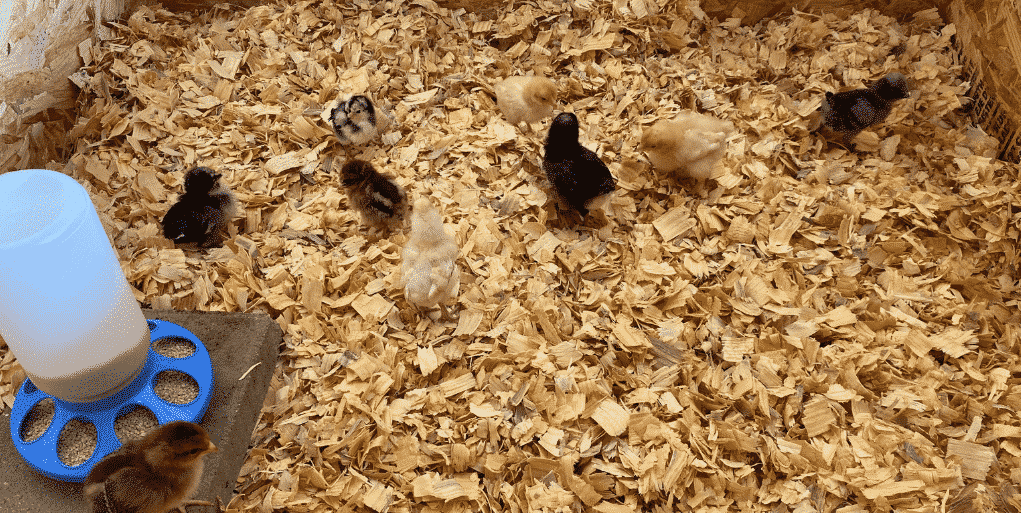Welcoming new chicks into your home is an exciting journey, filled with anticipation and joy. However, it is crucial to understand the importance of a well-planned chick brooder maintenance schedule to ensure the health and comfort of your fluffy newcomers. This article will guide you through creating and maintaining an effective schedule so that your chicks can thrive in a safe and nurturing environment.

What is a Chick Brooder?
A chick brooder is an enclosed space that provides warmth, safety, and comfort to newly hatched chicks. It replicates the nurturing environment a hen provides, ensuring that chicks remain healthy and grow properly. Understanding the basics of a brooder is the first step in setting up a suitable habitat for your chicks.
Why is a Maintenance Schedule Essential?
Having a structured maintenance schedule for your chick brooder is vital for several reasons. It helps maintain optimal conditions for the chicks, prevents health issues, and ensures a clean and safe environment. Regular maintenance reduces the risk of diseases, promotes healthy growth, and allows you to monitor the chicks’ wellbeing effectively.
Temperature Regulation
Temperature is a critical factor in a chick’s life. The brooder must be kept at the right temperature to mimic the warmth a hen provides. Initially, the brooder should be kept at around 95F (35C) for the first week, gradually decreasing by 5F each week until it reaches ambient temperature. Regularly check the temperature using a reliable thermometer and adjust as necessary.
Cleaning the Brooder
Keeping the brooder clean is another key aspect of chick brooder maintenance. A dirty brooder can harbor bacteria and parasites, which can be harmful to chicks. It is important to clean the brooder regularly, removing any soiled bedding and replacing it with fresh material. For detailed cleaning instructions, you can refer to this cleaning guide.
Feeding and Watering
Chicks require constant access to clean water and nutritious food. Check food and water levels daily, replenishing as needed. Ensure that feeders and waterers are cleaned regularly to prevent contamination. To find out how to keep feed dry, consider visiting this informative link.
Litter Management
The bedding or litter in a brooder plays a crucial role in maintaining hygiene. Use absorbent materials like pine shavings, and change them regularly to prevent moisture buildup and odor. Proper litter management helps in maintaining a dry and clean brooding environment.
Importance of Monitoring Chicks
Regularly observing your chicks allows you to spot potential health issues early. Look for signs of distress, lethargy, or abnormal behavior and take corrective action promptly. Being vigilant helps in nurturing healthy and active chicks.
Introducing Grit and Toys
As chicks grow, they begin to require grit to help with digestion. Learn when to introduce grit by visiting this useful guide. Additionally, safe toys can provide mental stimulation and encourage natural behaviors in chicks. Find out more about safe toys for chicks.
Disinfection Practices
Disinfection is a vital part of the brooder maintenance routine. Regular disinfection of the brooder and equipment helps prevent the spread of diseases. For comprehensive guidance, you can explore this disinfection guide.
Conclusion
Maintaining a well-organized chick brooder maintenance schedule is essential for the health and growth of your chicks. By following the tips and guidelines outlined in this article, you can create a safe, nurturing, and comfortable environment for your feathered friends, ensuring they grow into healthy and happy chickens.

FAQs
How often should I clean the chick brooder?
It is advisable to clean the brooder at least once a week, or more frequently if it becomes dirty. Regular cleaning helps maintain a healthy environment for the chicks.
What temperature should a chick brooder be kept at?
Start at 95F (35C) for the first week and decrease by 5F each week until it matches the ambient temperature. Always monitor the chicks for signs of being too hot or too cold.
When should I introduce grit to the chicks?
Grit should be introduced when chicks are around 2-3 weeks old, coinciding with their consumption of more complex foods. For more details, visit this detailed guide.
For additional tips on bringing baby chicks home, check out this external resource.
This article contains affiliate links. We may earn a commission at no extra cost to you.









